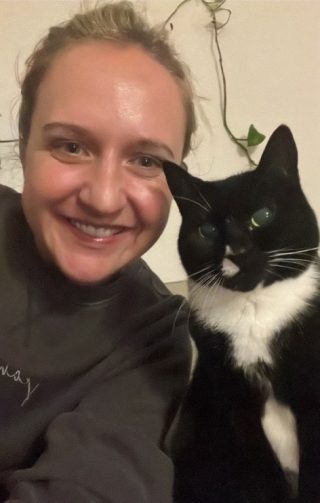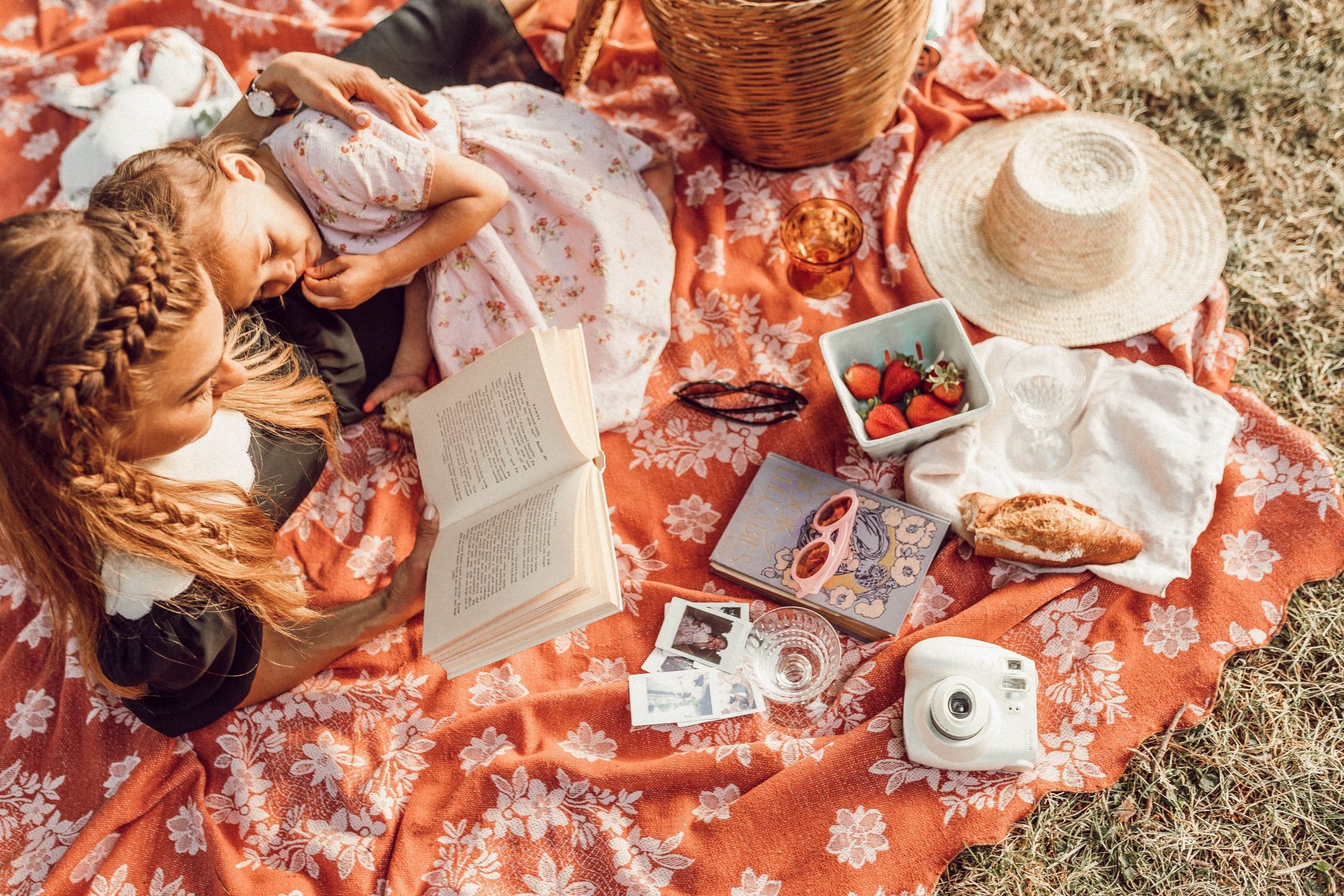When it comes to budgeting, Australians are sacrificing smaller, regular purchases to free up money to keep spending on what they love most – their kids and pets.
As Australians continue to make cutbacks to manage rising cost-of-living, the latest NAB data shows people are more likely to dine out less and pause streaming services, in favour of buying gourmet pet food and paying for children’s dance lessons.
The latest NAB Consumer Sentiment survey shows in the past three months:
- Around 14% of people had reduced spend on children’s activities (sport, dance classes), followed by 20% on pets (food, pampering, insurance) and 23% on gardening and cleaning services
- Around half of people had cut back on eating out (57%), micro treats like coffee and snacks (49%) and entertainment (49%).
- The extra funds were being used for everyday living expenses (6 in 10), to top up savings or offsets (4 in 10) or pay down mortgages (2 in 10)
NAB Personal Everyday Banking Executive Paul Riley said Australians were finding smarter ways to save, with small cutbacks freeing up on average $320 a month in their budgets to spend on the things that matter to them.
“When the cost-of-living crunch started, we saw early signs of people making cutbacks here and there, what we’re seeing now is that pattern of behaviour has become entrenched in our everyday lives,” Mr Riley said.
“For many it’s about prioritising spend in the areas that mean the most, and unsurprisingly children and pets are high on the list.
“There is an emotional element to budgeting and this research shows where people’s priorities are.
“You can see that cutting back on daily treats or bringing your lunch to work is clearly worth it for those who want to make brunch with friends on the weekend. And while streaming services are great, we’re seeing parents pause those to provide their kids with more live experiences.”
Purr-fect budgeting

Sian Langridge, 32, from Melbourne said she prioritises spending on her beloved cat Carrie over buying extra coffees or food in the week.
Over the past month Sian says she has spent around $380 on Carrie, on vet bills, cat food, toys and bedding to keep her warm in winter.
“Carrie has been a big part of my life for nearly six years and I get a lot of joy out of treating her and buying things that will make her more comfortable and happier.
“I would much rather bring my lunch to work if it means I can buy her an extra treat that week or her preferred cat food.”
Thoughtful spending
The NAB Economics research also revealed that while some Australians are practising thoughtful spending, others are bolstering their savings.
In the past year, the average balance of NAB’s high interest savings account grew by 25 per cent*.
“Despite the pressure from the higher cost of living, it’s interesting to see Australians are still determined to prioritise their savings,” Mr Riley said.
“More than half of Australians are switching to less expensive products, doing their research before making a purchase or looking for a deal.
“It’s definitely surprising to see this growth in savings balances, especially when prices remain quite high, but it’s a welcome sign that Australians are more deeply engaged with their finances now than they have been for a long time.”
The latest NAB economics data shows while that three quarters of Australians are trying to save, concerns around being able to save is also high.
“For some people, putting money aside into savings may not be possible right now,” Mr Riley said. “For anyone struggling financially, I encourage them to contact their bank straight away. There is help available.”
Notes to editors:
• Data from NAB Economics Q2 Consumer Sentiment and Wellbeing surveys of around 2,000 Australians each survey.
• Data from NAB’s Reward Saver accounts

